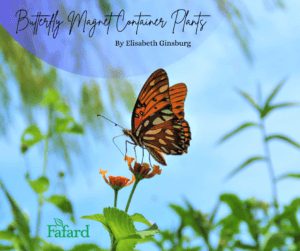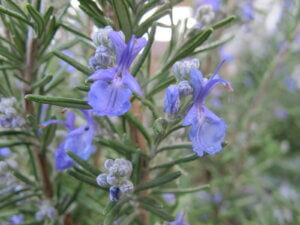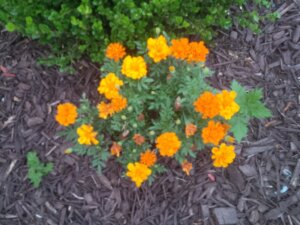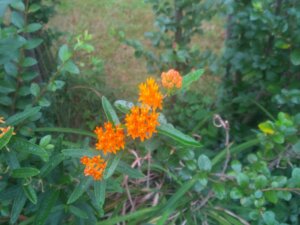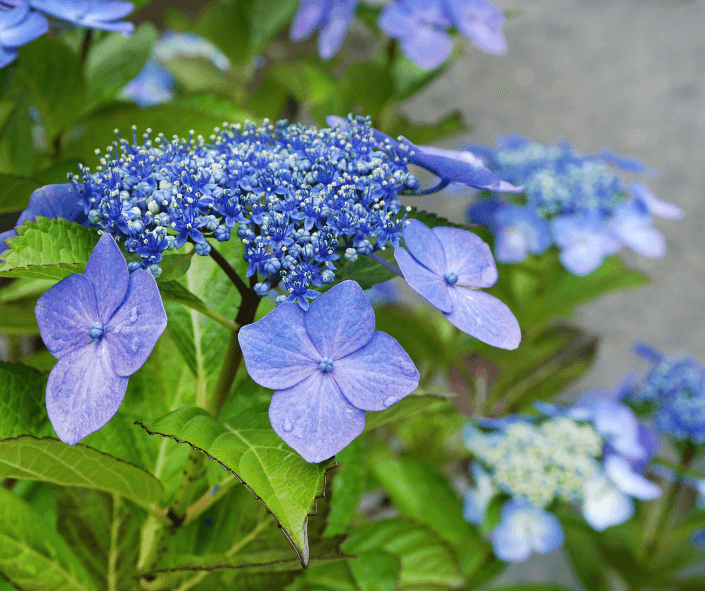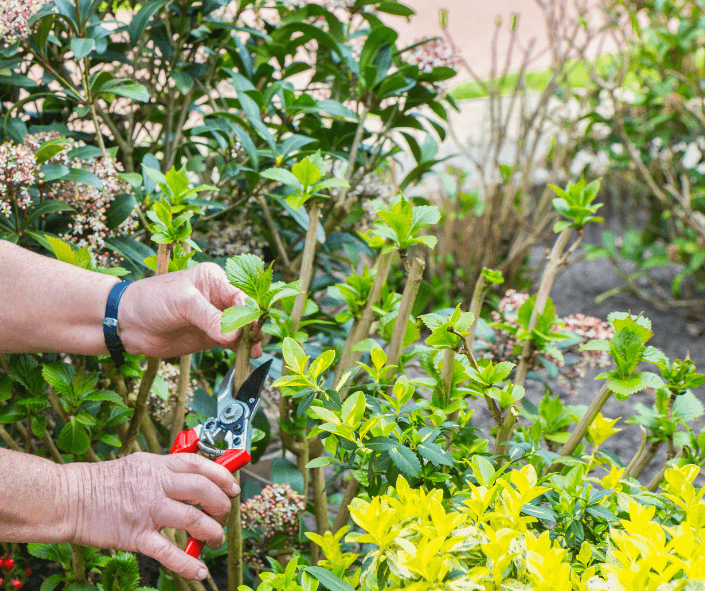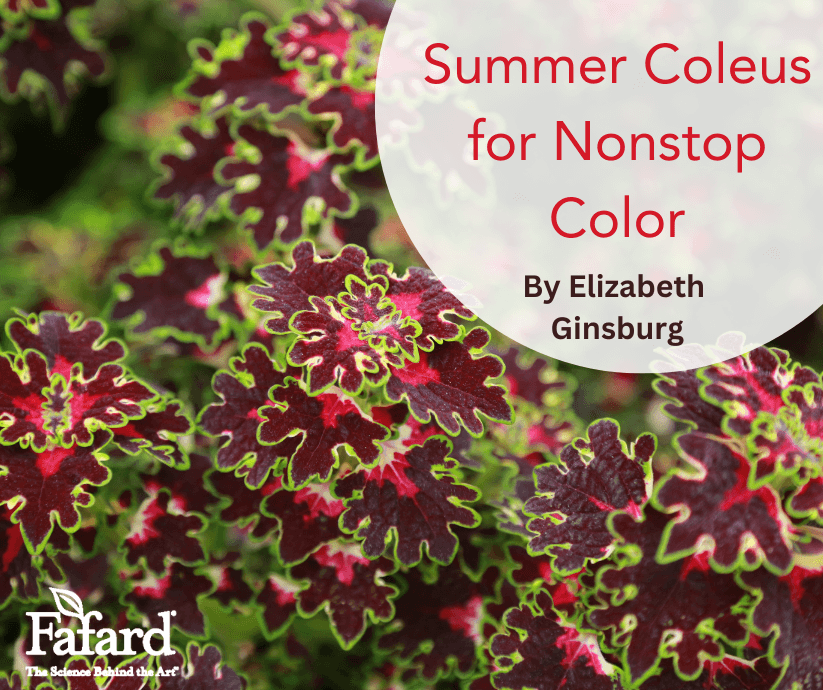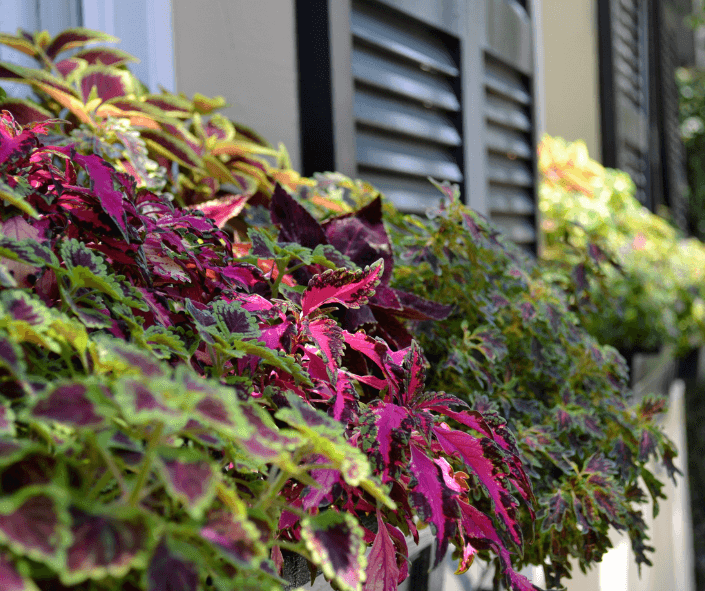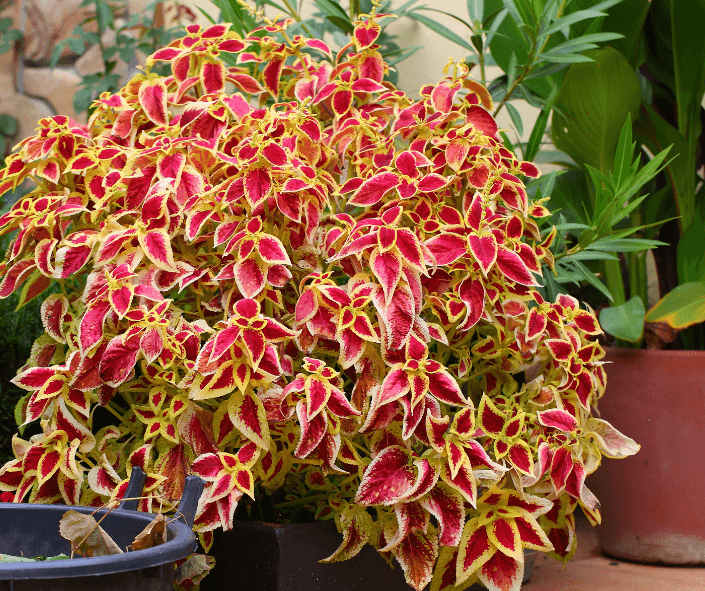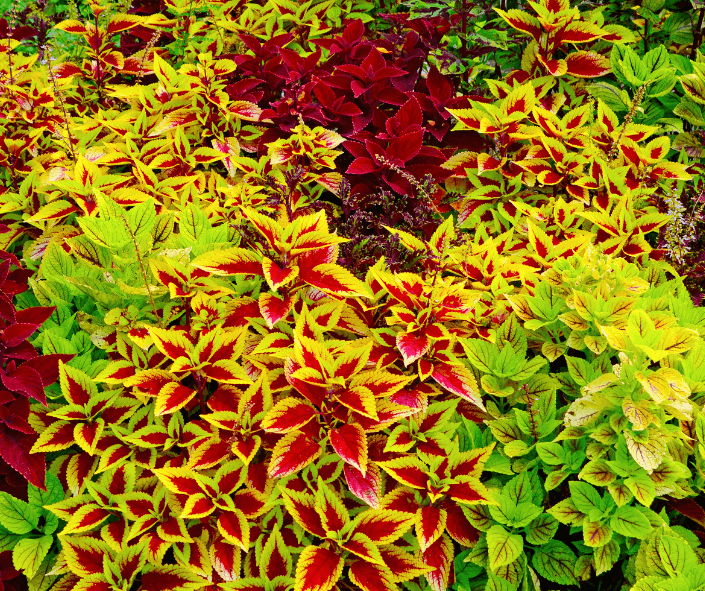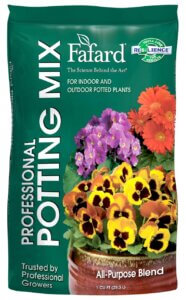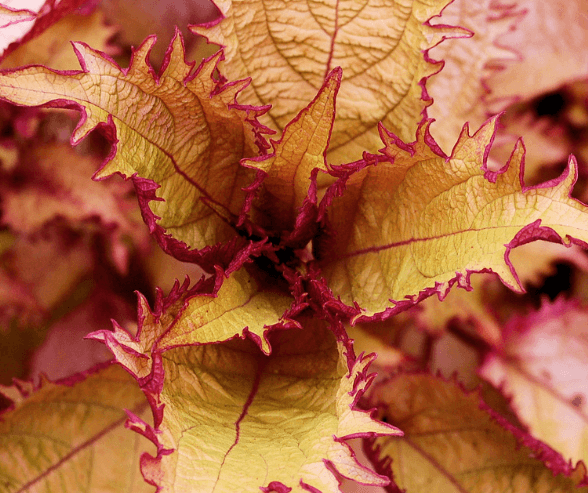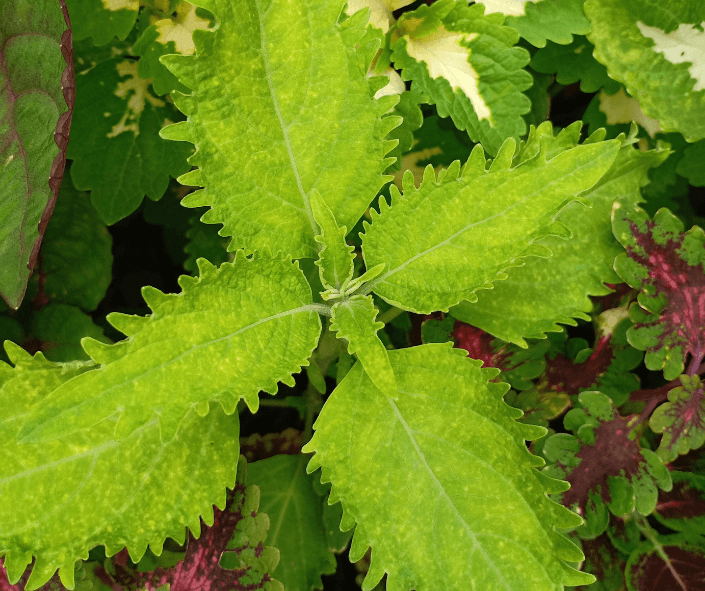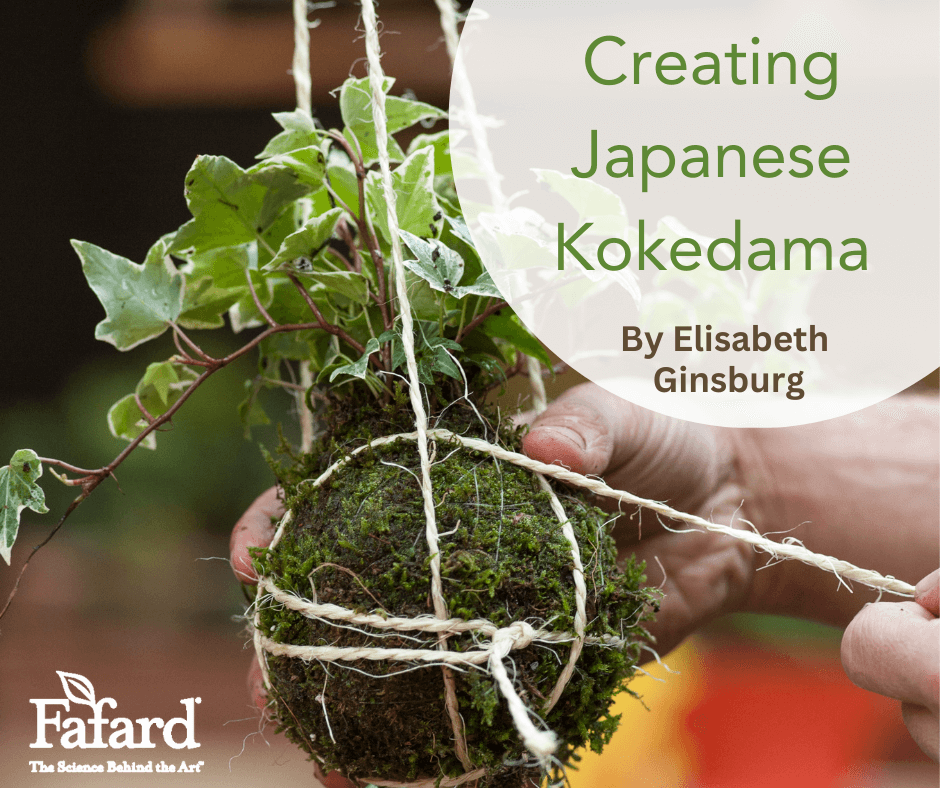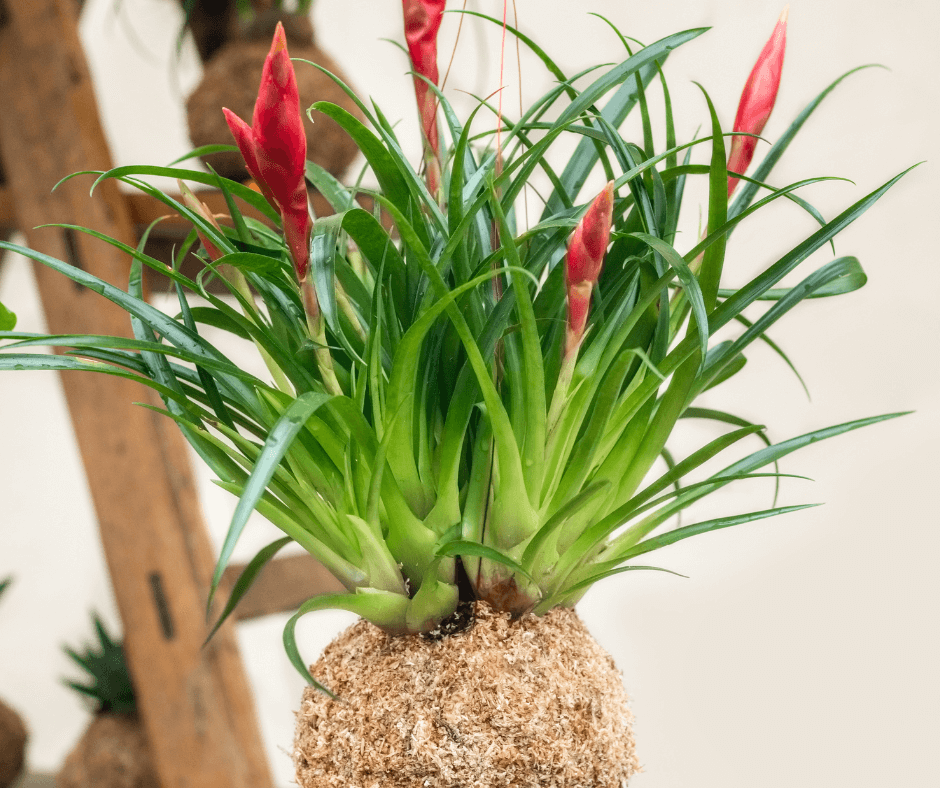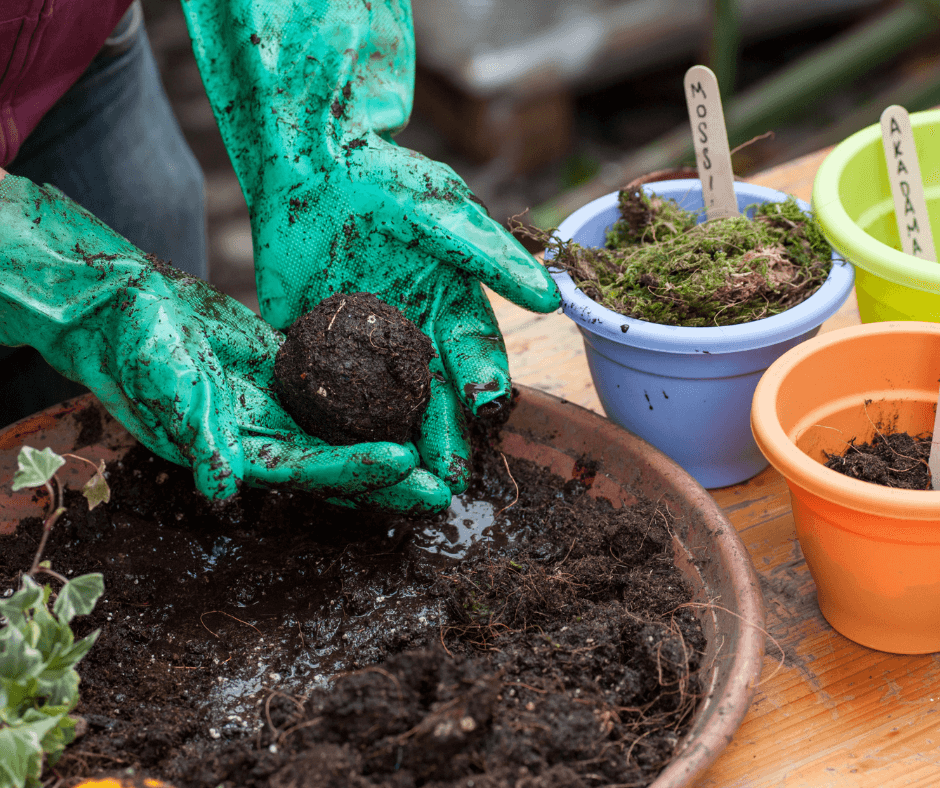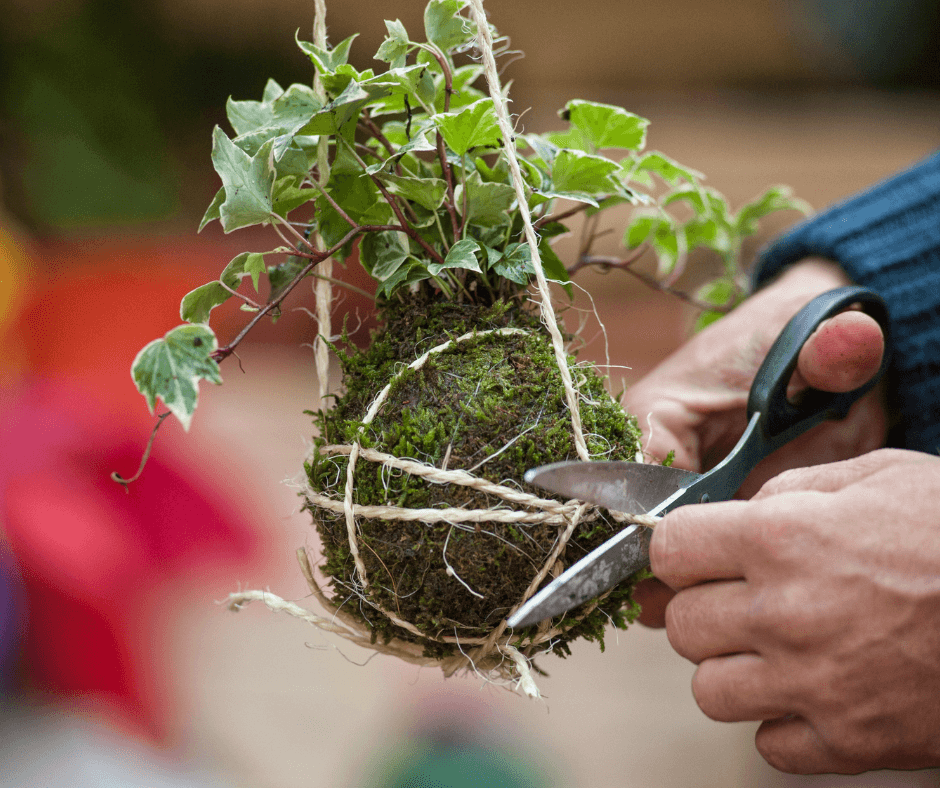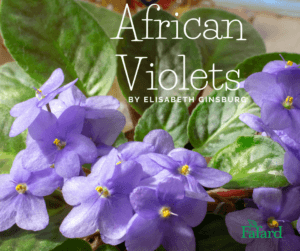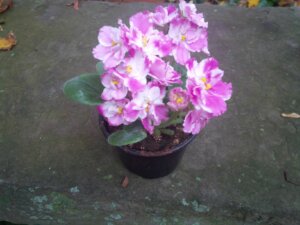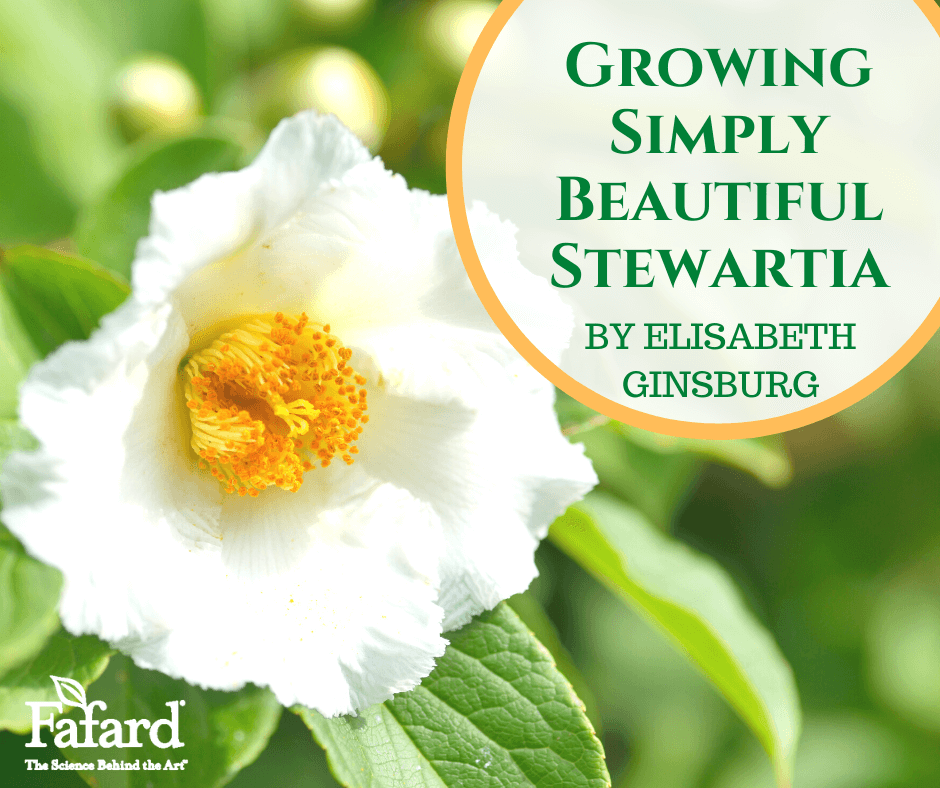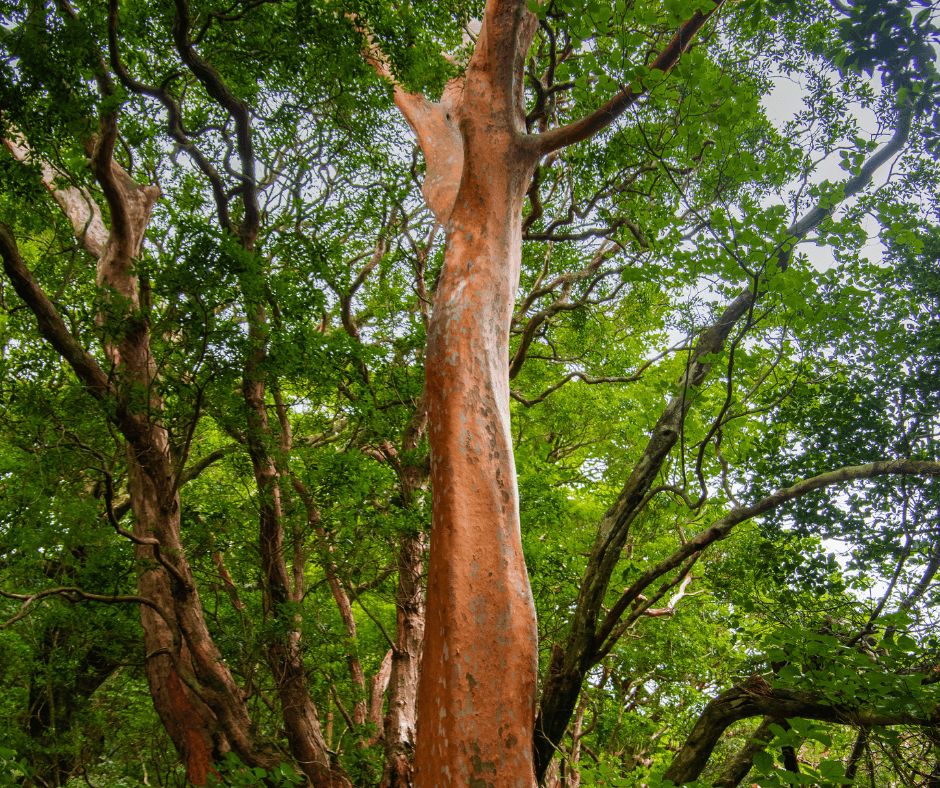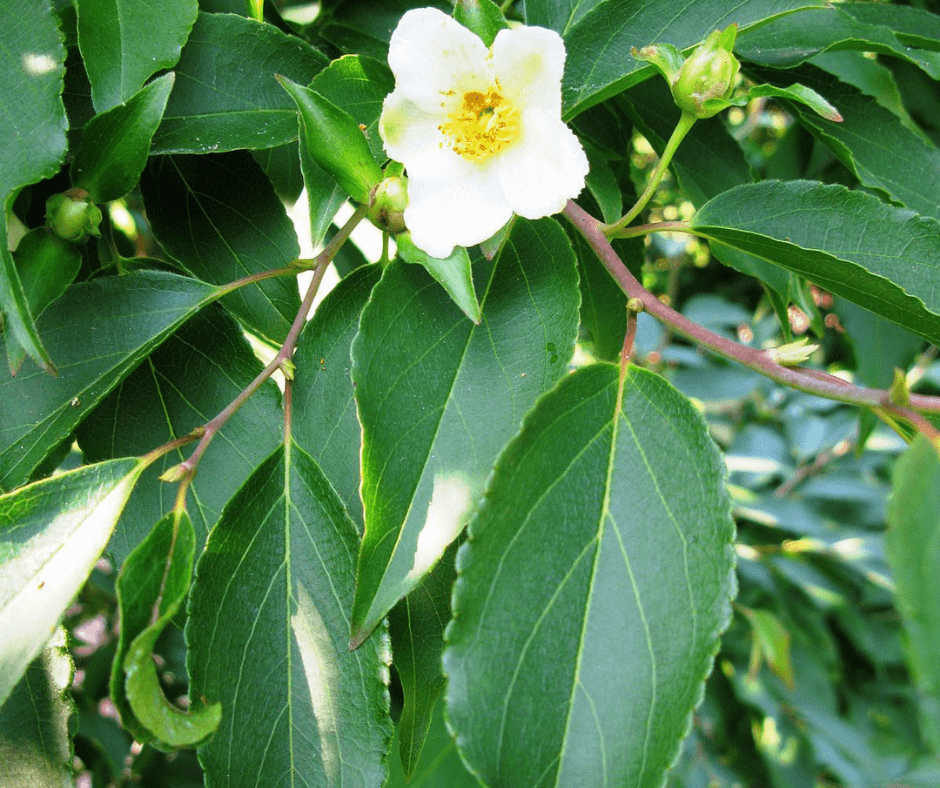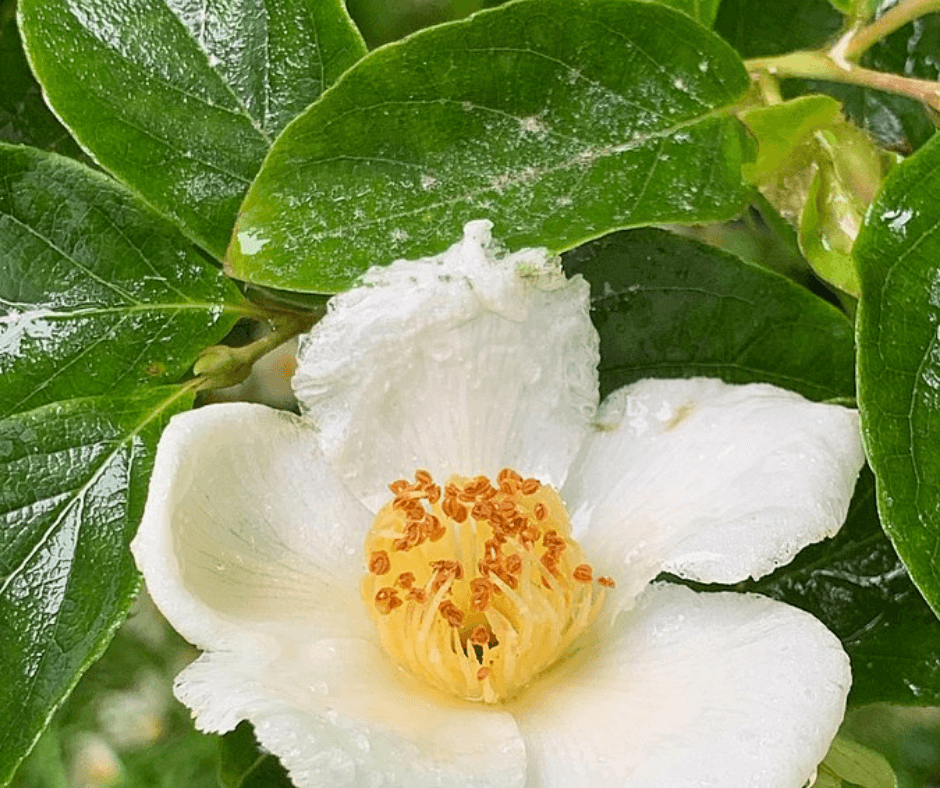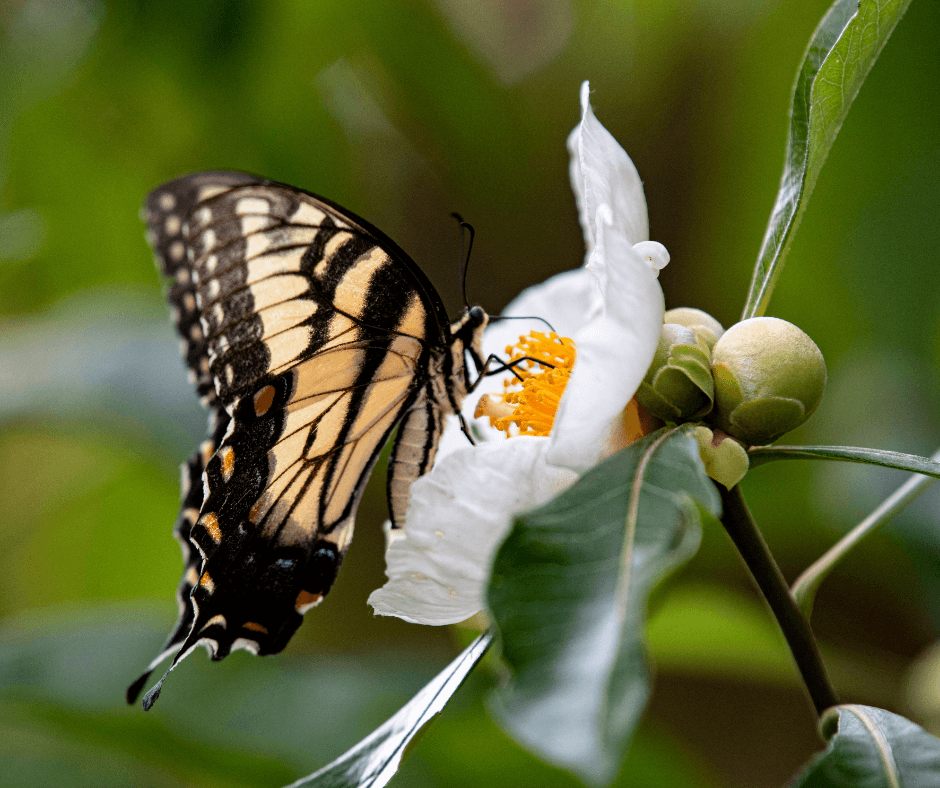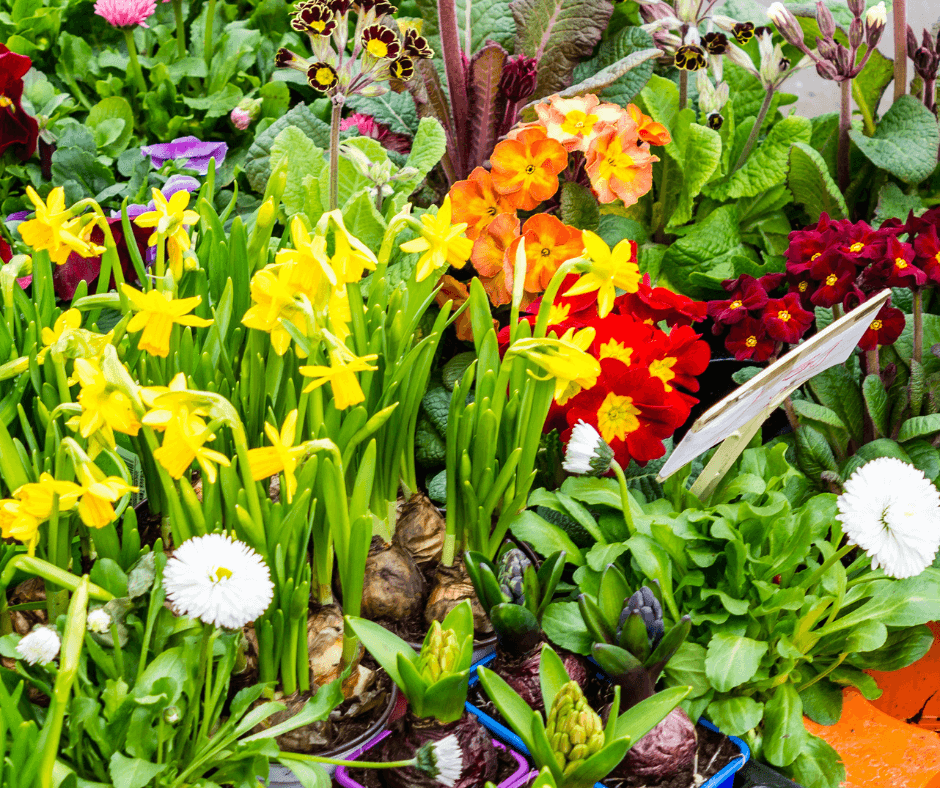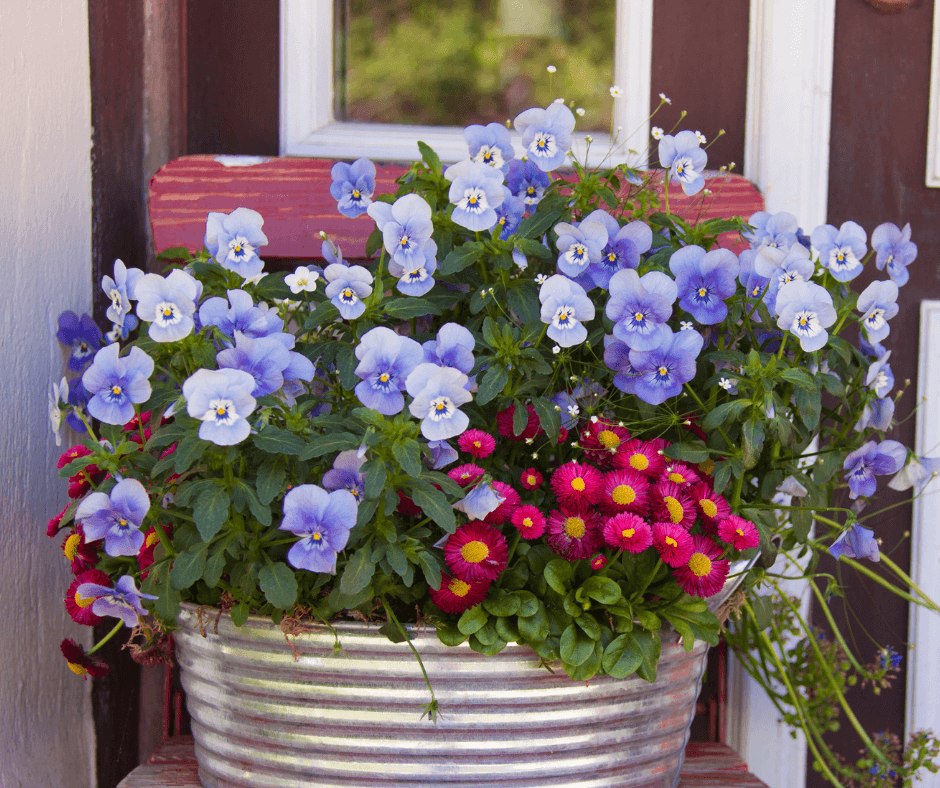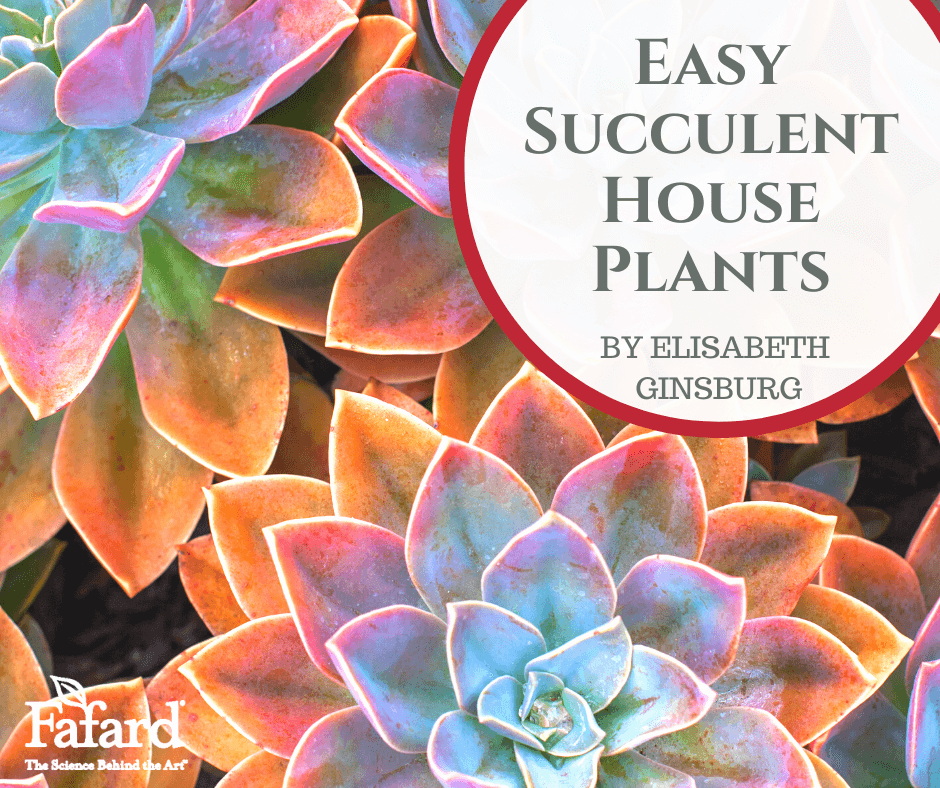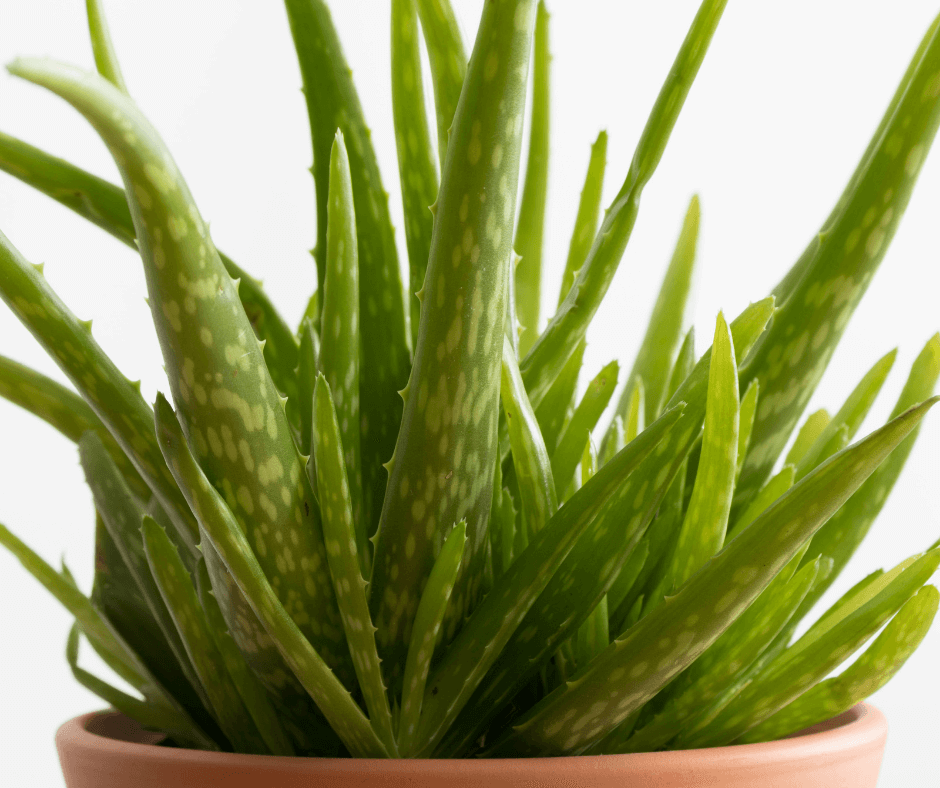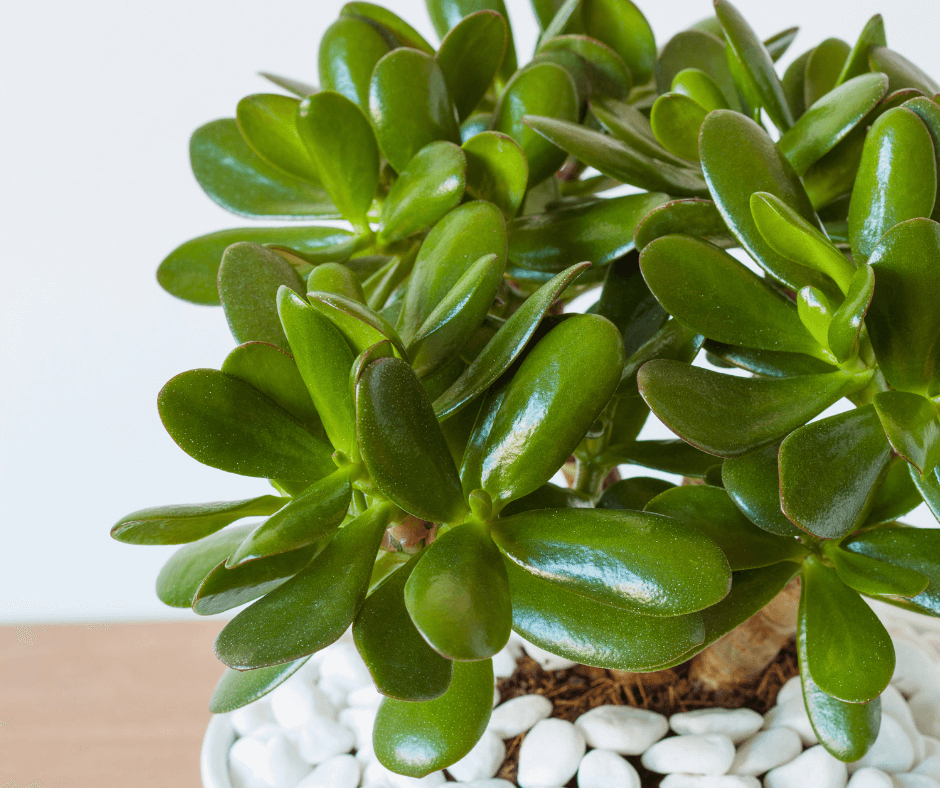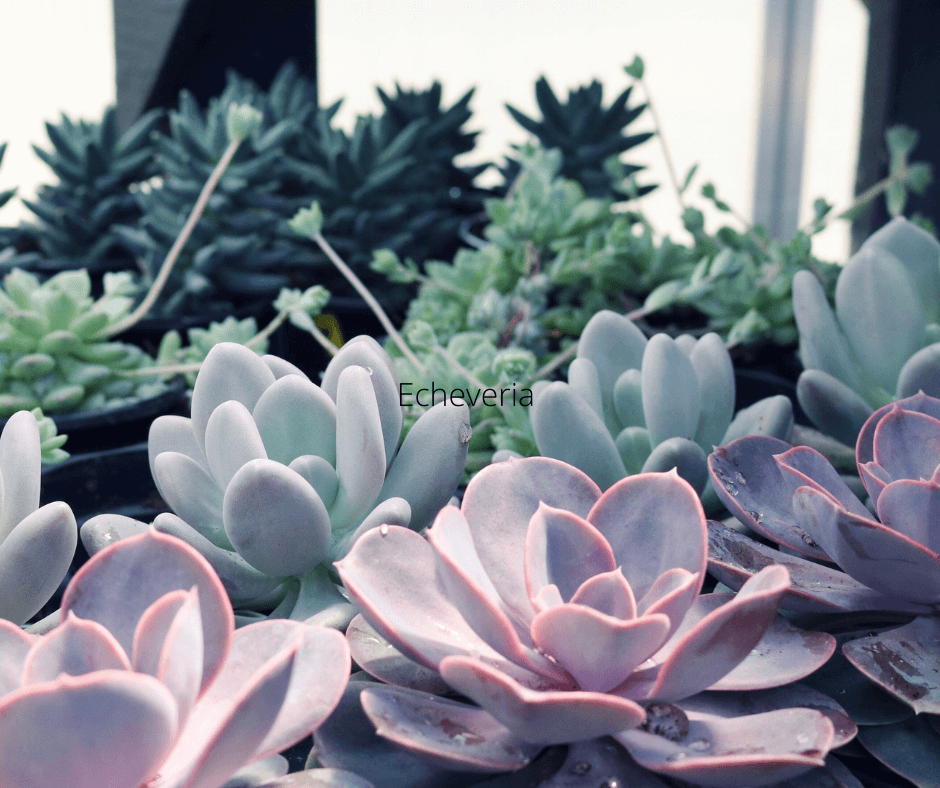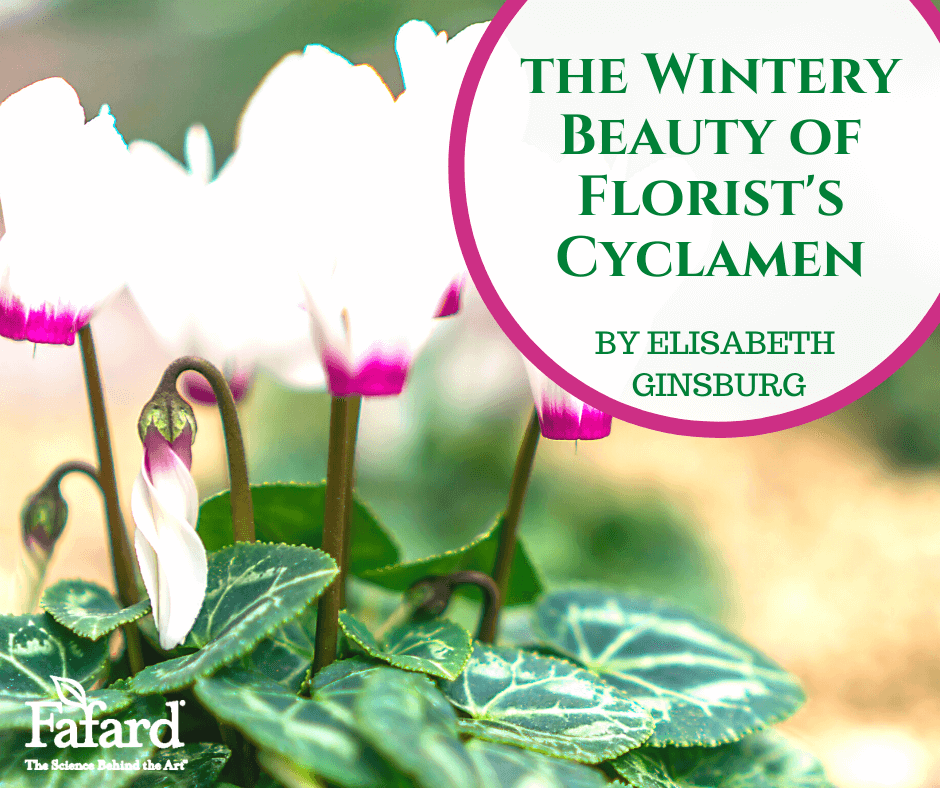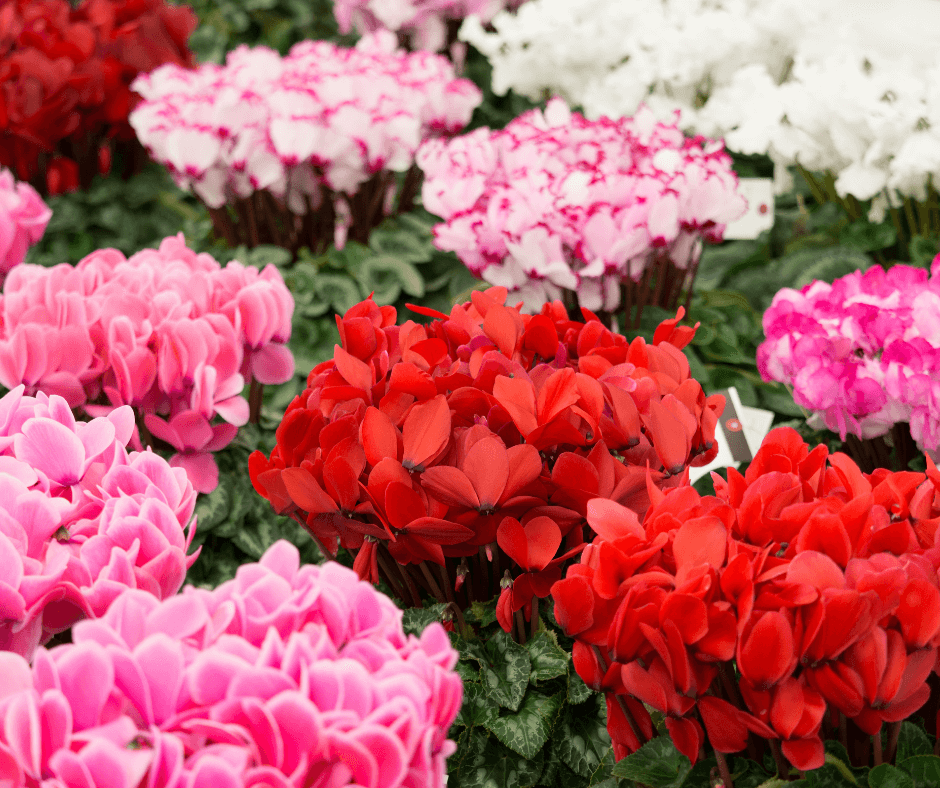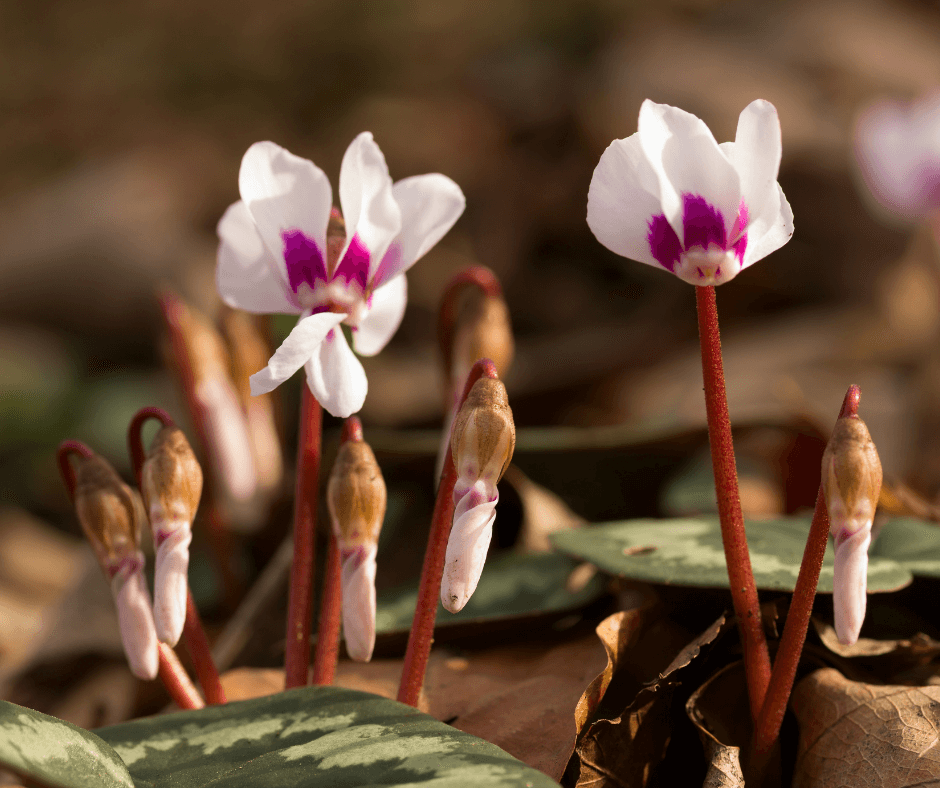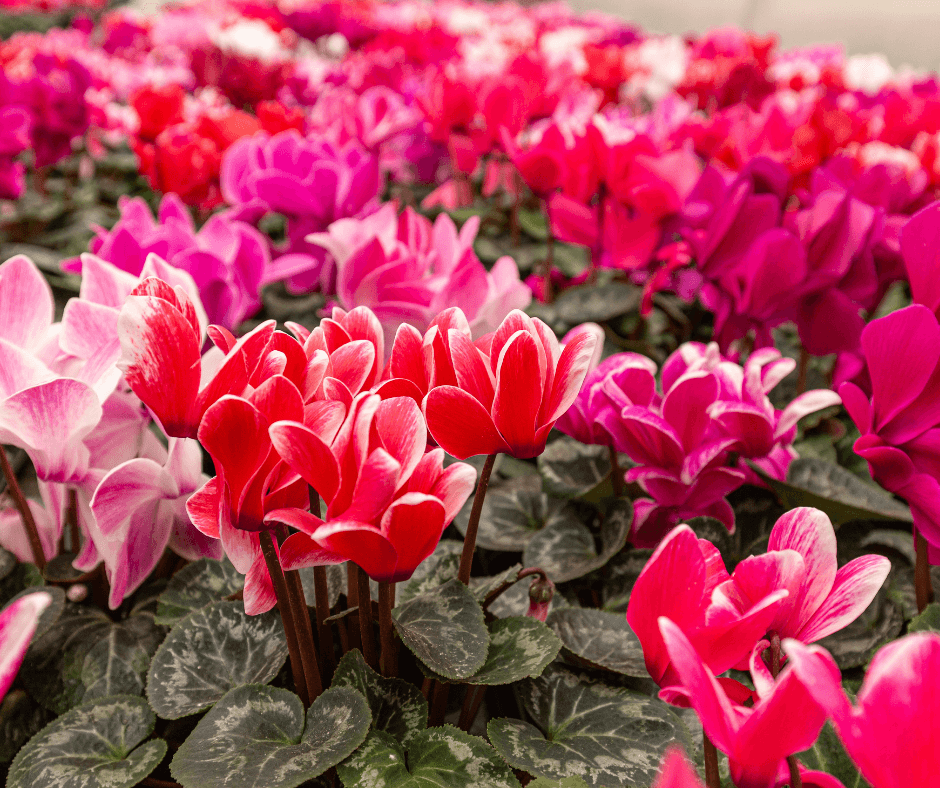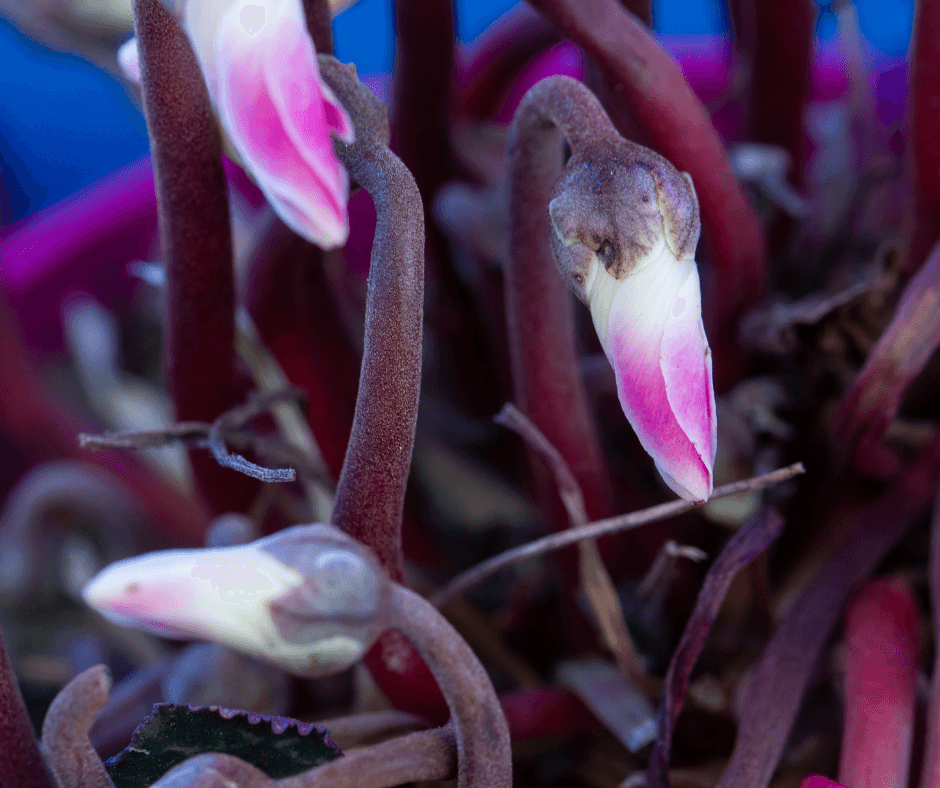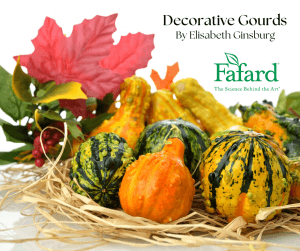
It’s that time of year again…All manner of skeletons, witches, tombstones and other items of Halloweenalia are popping up on stoops, porches and front lawns. But something else is also populating these autumn displays—decorative gourds—and they will hang around long after the skeletons retreat to attics and garages.
Decorative gourds can be tall, squat, smooth or warty, and come in a variety colors. All are part of the squash or Cucurbitae family of vining plants that is also home to melons and cucumbers. The most common decorative gourds belong to one of three genera: Cucurbita, Lagenaria or Luffa.
Large, smooth-skinned gourds, like the popular goose or swan’s neck types, are part of the Lagenaria genus, native to Africa. Their present incarnation as decorative items follows thousands of years of traditional, practical use. At various times and in various places, dried lagenaria have served as drinking, dipping, and storage vessels, and have also been made into musical instruments.
The cucurbita gourds are widely used for decoration, and include all the sizes and types of pumpkins and squashes. What’s the difference between an edible cucurbita and a decorative one? All develop from golden, trumpet-shaped blooms. Edible varieties, like those used for fall and winter pies, soups, and casseroles are usually called “pumpkins” or “squashes” (as in winter, Hubbard and patty pan squash). Decorative varieties, raised for ornamental use are generally called “gourds”.
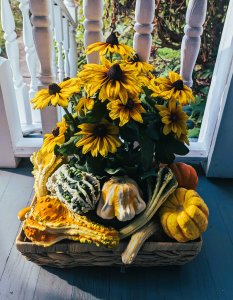
Of course, the edible varieties can also be highly decorative, as floral designers and crafters have long known. The little “Jack Be Nimble” pumpkins fit right in with their bumpy gourd relatives. A patty pan squash is actually similar in shape to some of the ornamental gourd varieties. Equip a Hubbard squash with a set of googly plastic eyes from the crafts store and you have an excellent Halloween creature for your porch or doorstep.
The cucurbita that fit the gourd category generally have harder outer skins than the edible types, and come in a wide range of colors, shapes and sizes. They can be yellow, green, orange, cream, or combinations of two or more of those colors. Often adorned with stripes or splotches, many also sport appealingly bumpy skin. Piled up in a large container or basket, an array of decorative gourds is a seasonal eye-catcher.
One caveat about outdoor gourd arrangements… In many neighborhoods squirrels or other four-legged creatures are prone to nibbling on pumpkins and gourds. To ensure that your decorations stay intact, spray them with one of the better-smelling deer repellants.
Luffas are sometimes known as “sponge gourds” or “vegetable sponges”. On the vine, they look a lot like their green-skinned relatives, zucchinis, and the flesh has a similar taste. With a shape that is either straight or slightly curved, luffas can be added to fall displays. Later, when the skin dries to a brown color and the seeds rattle inside, the plants can be used to make the popular luffa bath sponges. To create your own bath luffa, remove both ends of the dried fruit and shake out the seeds. Soak the luffa in water and then peel off the softened skin. To obtain the white or creamy color characteristic of commercial luffas, soak in a solution of one part chlorine bleach to nine parts water. When the luffa has whitened, rinse it and allow to dry.
While the world of decorative gourds is large, the growing requirements are fairly uniform. All require sunny space and room for the plants to sprawl. If space is at a premium, or you are growing the gourds in a container, try vertical cultivation. As the vines grow, tie them to a sturdy vertical structure that is strong enough to support the weight of the vine when it bears mature fruit. Check regularly through the growing season and tie in new growth.
Whether raised in-ground or on a trellis, gourds need lots of warmth, water and fertilizer (diluted if necessary, and applied according to manufacturers’ directions). In the garden, some growers like to plant the seeds in mounds of soil or hills. This means that the resulting sprouts will have to be thinned, but that is not difficult. The time from seed planting to maturity varies, but generally gourds need a good long growing period—between 90 and 180 days until the fruits develop hard, glossy skins and the stems turn grayish brown.

The gourds available from retailers are generally uncured, meaning that the flesh inside is still moist, with seeds clinging to it. To display for longer than a few weeks, drying or “curing” is a good idea. This is an easy step. To dry the fruits, wipe to remove any dirt, and check for bruises or soft spots. Discard any showing damage. Dip the rest in the same nine-to-one water and bleach solution used for bleaching luffas. Lay the gourds out in a warm, dry place, making sure that they are not touching each other. Turn periodically and shake the gourds. When you can hear the seeds rattling inside, the gourds are dry and ready for arrangements or craft use.
Growing your own gourds is a great activity for adults and children. The seeds are large and easy to handle, the flowers are eye-catching, and the end results are dramatic—as long as you exercise a bit of patience during the growing period. Major seed producers often sell ornamental gourd mixes, which also provides the element of surprise as your plants produce a variety of fruits in all shapes and sizes.
For many people fall is like New Year’s, with school, sports, and other activities picking up after the slower days of summer. It should be a fun and exciting time before the dark days of winter. Add to that excitement with a colorful, lively display of ornamental gourds.

